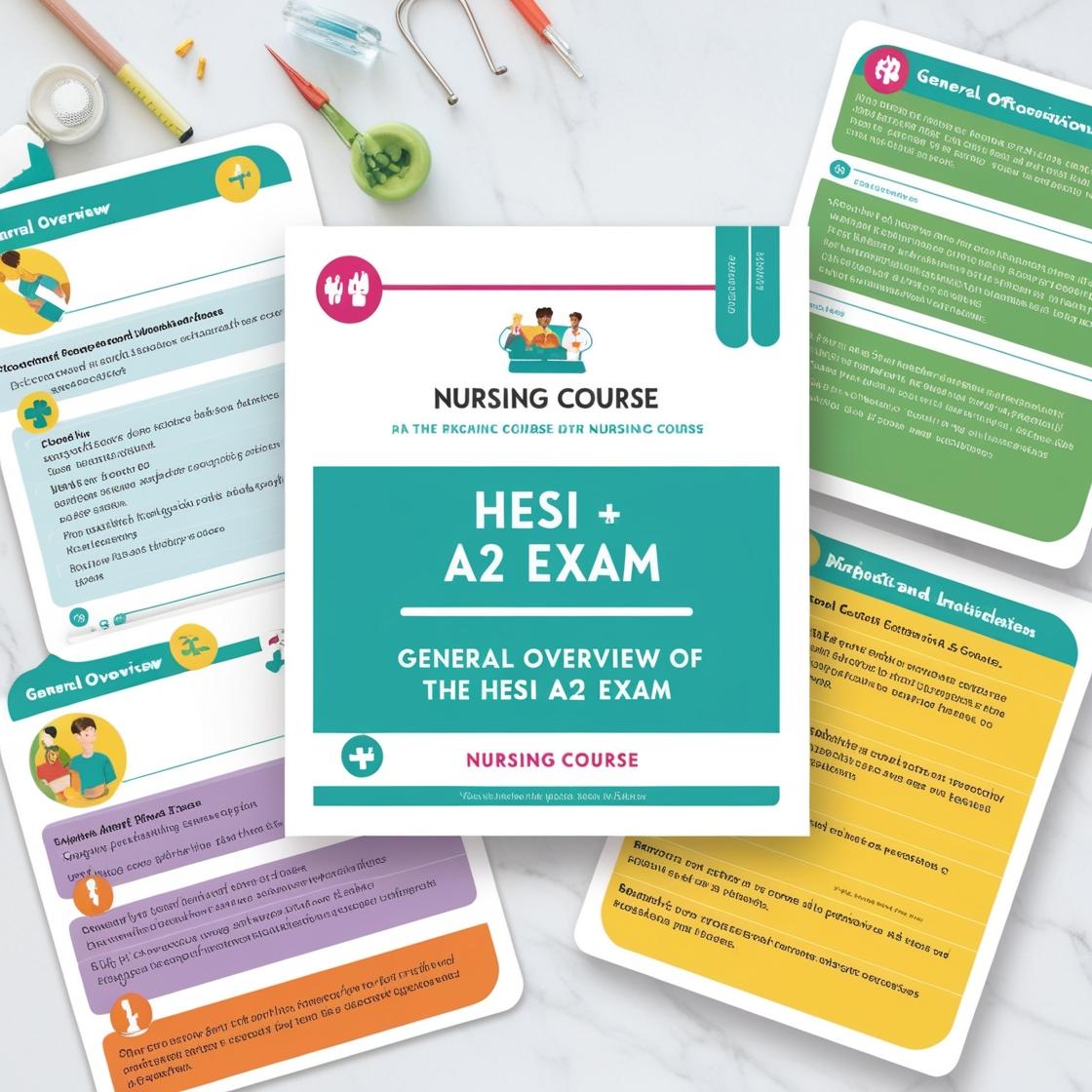HESI A2
Chemistry HESI A2 Quizlet
1. What is stoichiometry?
- A. The study of energy changes in chemical reactions
- B. The study of the mass relationships in chemical reactions
- C. The study of atomic structure
- D. The study of molecular geometry
Correct answer: B
Rationale: Stoichiometry is the branch of chemistry that deals with the quantitative relationships between reactants and products in chemical reactions. It focuses on the calculation of the amounts of substances consumed and produced in a reaction based on the balanced chemical equation. Choice A is incorrect because the study of energy changes in chemical reactions falls under thermodynamics. Choice C is incorrect as atomic structure is related to the arrangement of atoms within molecules. Choice D is incorrect as molecular geometry deals with the spatial arrangement of atoms within molecules.
2. Which number represents the number of protons in an element?
- A. Atomic mass
- B. Mass number
- C. Atomic number
- D. Proton number
Correct answer: C
Rationale: The correct answer is C: Atomic number. The atomic number corresponds to the number of protons in an element. Protons are positively charged subatomic particles found in the nucleus of an atom. Each element has a unique atomic number, which defines its identity based on the number of protons it contains. Choice A, Atomic mass, is incorrect as it refers to the average mass of an atom of an element. Choice B, Mass number, represents the total number of protons and neutrons in an atom's nucleus. Choice D, Proton number, is not a commonly used term in chemistry to indicate the number of protons.
3. What charge do alpha radiation particles have?
- A. -2
- B. 0
- C. +2
- D. +1
Correct answer: C
Rationale: The correct answer is C: +2. Alpha radiation particles consist of two protons and two neutrons, giving them a net charge of +2. This positive charge is due to the presence of the two protons in the nucleus of the alpha particle. Choice A (-2) is incorrect as alpha particles have a positive charge. Choice B (0) is incorrect as alpha particles carry a charge. Choice D (+1) is incorrect as alpha particles have a higher positive charge due to the presence of two protons.
4. What are the products of the combustion of a hydrocarbon?
- A. Water and carbon dioxide
- B. Water and oxygen
- C. Hydrogen and carbon monoxide
- D. Carbon dioxide and oxygen
Correct answer: A
Rationale: When a hydrocarbon undergoes combustion, it reacts with oxygen to produce water and carbon dioxide as the main products. The general chemical equation for the combustion of a hydrocarbon is hydrocarbon + oxygen → carbon dioxide + water. Therefore, the correct answer is 'Water and carbon dioxide.' Choices B, C, and D are incorrect because water and carbon dioxide are the primary products of hydrocarbon combustion, not water and oxygen, hydrogen and carbon monoxide, or carbon dioxide and oxygen.
5. In what type of covalent compounds are dispersion forces typically found?
- A. Polar
- B. Non-polar
- C. Ionic
- D. Hydrogen
Correct answer: B
Rationale: Dispersion forces, also known as London dispersion forces, are the weakest intermolecular forces that occur in non-polar covalent compounds. These forces result from temporary shifts in electron density within molecules, creating temporary dipoles. As a result, non-polar molecules, which lack a permanent dipole moment, can experience these dispersion forces. Polar compounds exhibit stronger intermolecular forces such as dipole-dipole interactions or hydrogen bonding, while ionic compounds involve electrostatic interactions between ions. Therefore, the correct answer is non-polar (choice B). Choices A, C, and D are incorrect because dispersion forces are typically found in non-polar covalent compounds, not polar, ionic, or hydrogen-bonded compounds.
Similar Questions

Access More Features
HESI A2 Basic
$99/ 30 days
- 3,000 Questions with answers
- 30 days access @ $99
HESI A2 Premium
$149.99/ 90 days
- Actual HESI A 2 Questions
- 3,000 questions with answers
- 90 days access @ $149.99
